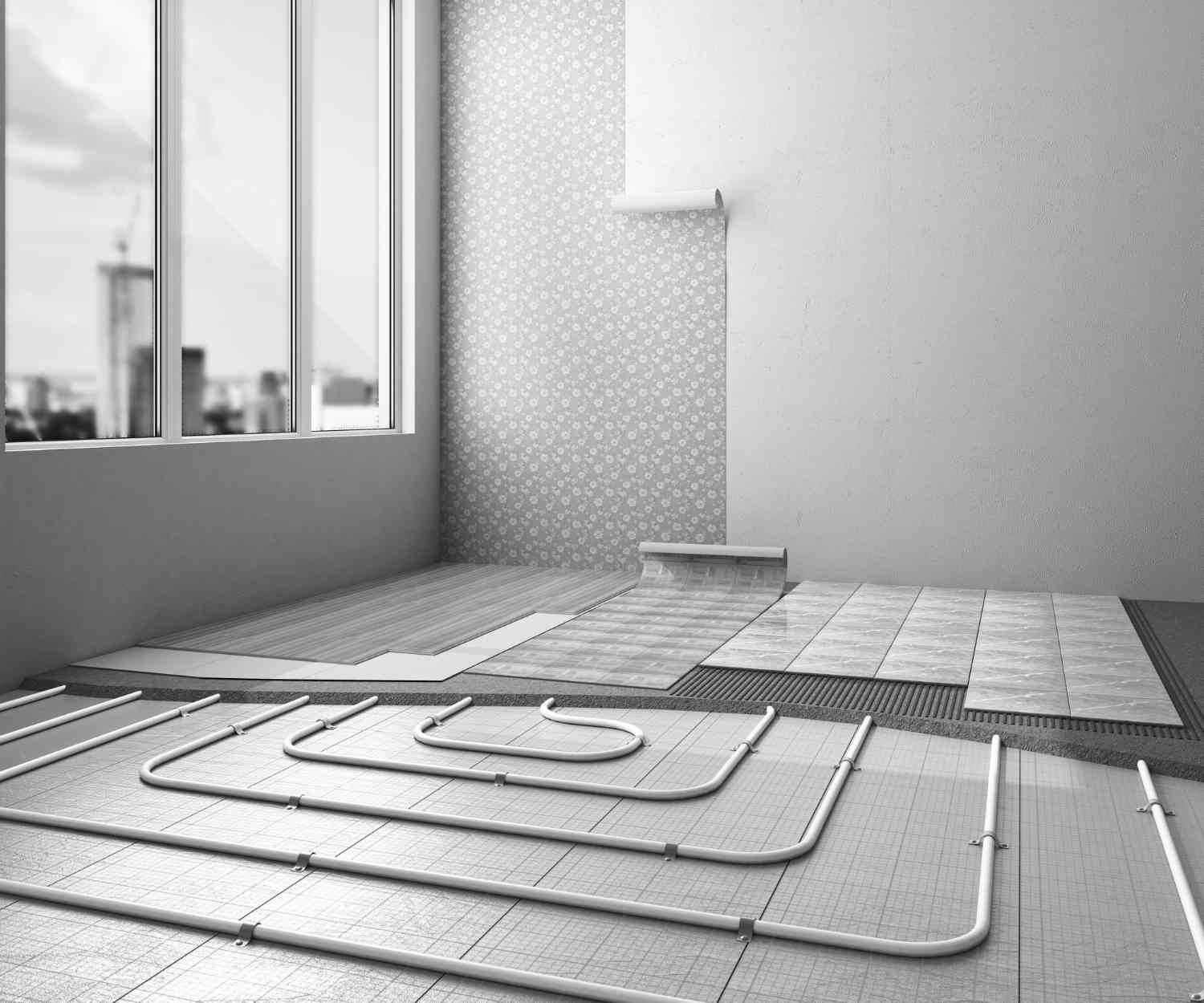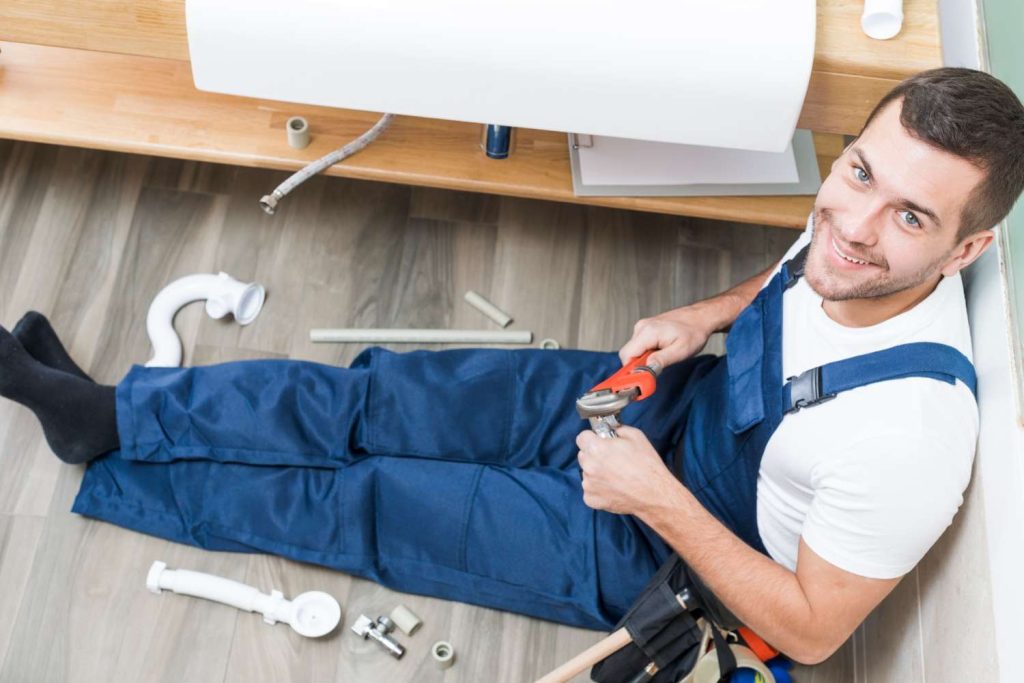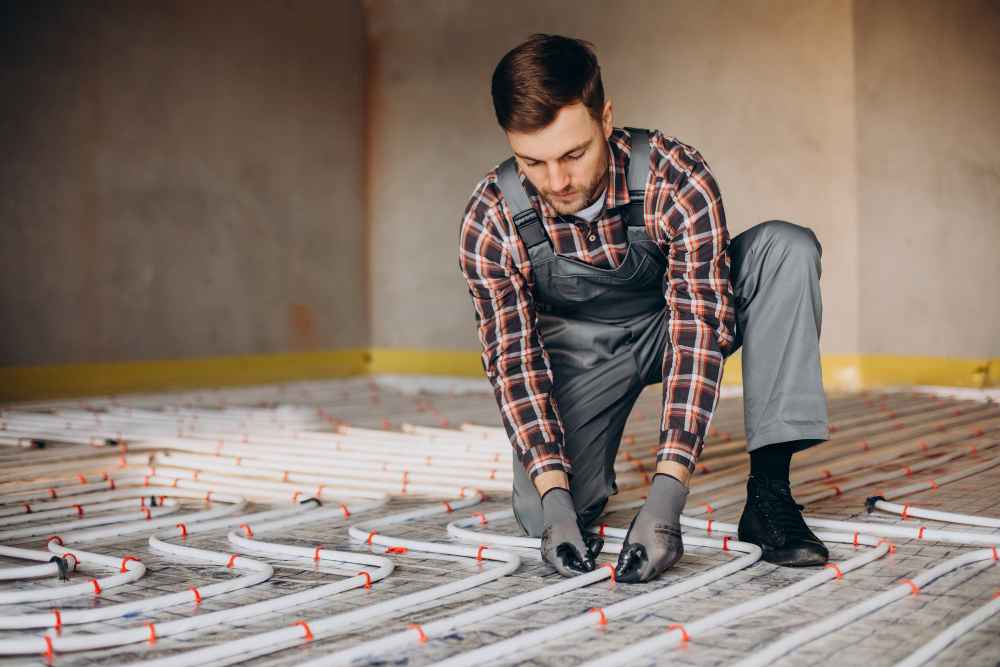
Your bathroom is probably one of the main areas that needs a little updating, whether you are moving into a new home or making improvements to your current one. When remodeling a bathroom, we usually opt for a glass walk-in shower or a brand-new washbasin. However, we should also consider the heating source while creating our ideal area because it adds comfort to the design.
To learn more about underfloor heating for your house, continue reading.
Underfloor heating is the newest trend in home remodeling, and installing a system in your bathroom may give the space a luxurious, functional feel at a fair price.
Contrary to popular belief, modern underfloor heating systems are incredibly straightforward. In essence, an underfloor heating system (UFH) is a mesh sheet that has been rolled up with electrical wiring flowing through it. Afterward, based on the dimensions of your room, this is bought in the lengths you want and rolled out flat on the floor for installation.
Once connected to the mains, the UFH will begin to heat up from the controls. After installation, apply your preferred floor finish on top of the system, sanding it down if necessary. The flooring can be covered with a range of materials, including tiles, vinyl flooring, and more.
Underfloor heating delivers true comfort; you won’t have to put up with the shivering sensation when you step out of a hot bath onto a cold floor or the freezing rush across the room to get your towel after taking a shower. What a waste of space the old radiator is now taking up in your bathroom—install an underfloor heating system instead.
The widespread acceptance of underfloor heating (UFH) systems, like those made by Warmup, due to their low maintenance requirements and energy efficiency, suggests that underfloor heating is the way of the future for modern bathroom design. The bathroom is the ideal space in your house to install this energy-saving heating system because of all of its cold surfaces.
Because underfloor heating distributes heat softly and evenly throughout the entire room at once, it is a far more efficient method of heating a bathroom than central heating, which results in lower heating expenses. Additionally, as heat rises, there are no cold spots—something that can occasionally occur with other heating techniques—because the warmth starts on the floor.
When building an underfloor heating system, use insulation boards and underlay for the most energy-efficient answer to your bathroom’s heating demands. Investigate smart heating options to get the most out of a bathroom floor heater’s energy-saving capability. In addition to controlling the system automatically, a smart thermostat can significantly reduce your heating costs.

With the 4iE Smart Wi-Fi Thermostat from Warmup, you can view usage statistics and set up an automated heating schedule for your bathroom by connecting it to your home’s Wi-Fi network and accessing it remotely with a smartphone. When paired with an underfloor heating system, a 4iE ensures that your bathroom is always the ideal temperature for your needs. This heating efficiency’s reduction in energy waste will reduce your heating expenditures.
Radiators occasionally have a hefty appearance, particularly in smaller spaces, or they can detract from a certain aesthetic. Because underfloor heating systems provide an “invisible” method of heating, you have complete design freedom to create the bathroom of your dreams.
Without having to compromise with a permanent radiator limiting your style, you may arrange your bathroom suite in whatever configuration you choose or place wall-to-wall tiles without breaking the design. Better air quality in the bathroom is another benefit of underfloor heating, which helps you breathe easier!
There is a large selection of underfloor heating systems ideal for your needs, regardless of the type of flooring you have in your bathroom—stone, ceramic tiles, wood, or vinyl. For an exceptionally opulent showering experience, you can even place a heating system behind the wall tiles in your bathroom.
150W/m2 for warming Underfloor heating system sticky mats are a simple and convenient option to install a floor warmer in your bathroom because they come in ready-sized rolls. Warmup’s Sticky Mat system is highly recommended due to its quick installation time and suitability for both ceramic and stone flooring.
Pre-spaced heating wires that provide the best heat output and an adhesive layer to adhere to the subfloor are what speed up the process. Warmup’s Foil Heater uses conductive aluminum foil matting for better heat dispersion.
It is similar to the sticky mat in that it comes in pre-sized mats with pre-spaced heating wiring. This foil heater is suggested for bathrooms with floating wood or laminate floor surfaces, unlike the sticky mat, which requires screeding. Electric heating mats are inexpensive and incredibly user-friendly.
When installing an underfloor heating system in your bathroom, you should consider the possibility that “decoupling” technology would be required. This entails keeping your bathroom’s floor finish separate from the building’s structural layer, protecting it from seasonal temperature fluctuations.
Warmup’s DCM-PRO electric underfloor heating system uses this decoupling technology, which is ideal for bigger stone floor tiles that are prone to breaking in such circumstances. By winding the loose electric heating wire around the castellation features on the DCM-PRO mat, you may customize the heating arrangement for your bathroom.
Using a loose heating wire electric system gives you more flexibility when installing underfloor heating in your bathroom. This type of system is ideal for smaller bathrooms and offers great value for money, as it is a spool of heating cable that can be cut to any desired length.
For added luxury, warmup’s loose wire system, also known as DWS-Wire, can be installed below your wall tiling and beneath the floor finish in your bathroom. Because the wire is loose, your installer can arrange it in any way that best suits your bathroom, even easily navigating around permanent fixtures like freestanding bathtubs.
Underfloor heating systems are quick and simple to operate when installed by a trained professional. Please get in touch with us with any questions you may have regarding the installation of underfloor heating in your bathroom.

Electric underfloor heating typically costs between £50 and £75 per square metre. Wet UFH systems cost more, reaching £100 or more per square metre.
The cost of tradespeople, thermostats, controllers, and other installation or construction expenses must also be taken into account.
Searching for underfloor heating systems with long warranties and guarantees against unintentional harm during installation is also a fantastic idea. For further peace of mind, every underfloor heating system we’ve discussed in this article is backed by these assurances.
We sincerely hope that our guide on underfloor heating for bathrooms has been beneficial and has provided you with a wealth of information. However, if you have any questions or additional information, please don’t hesitate to contact us. Please feel free to forward this guide to anyone you know who might find it helpful.